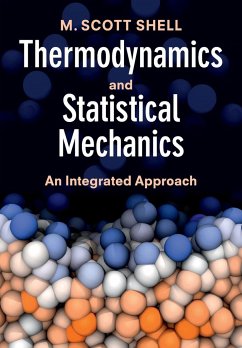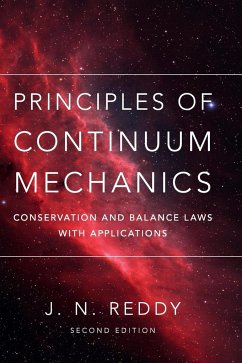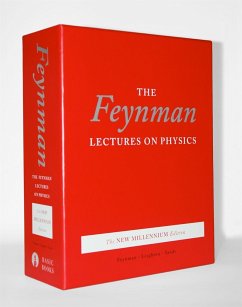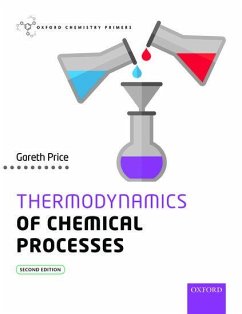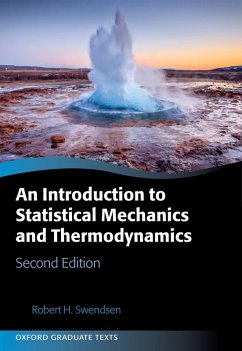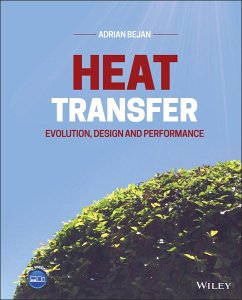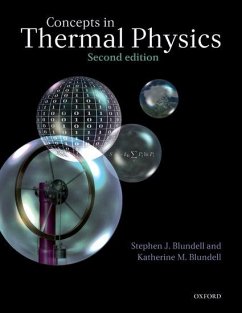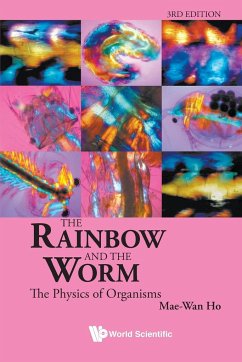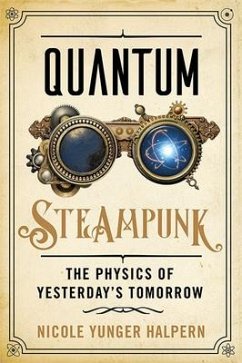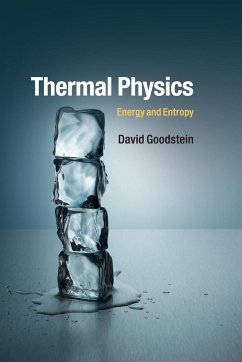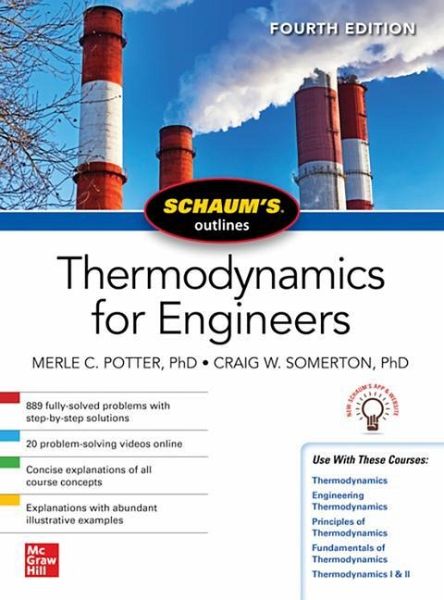
Schaums Outline of Thermodynamics for Engineers, Fourth Edition
Versandkostenfrei!
Versandfertig in 1-2 Wochen
27,99 €
inkl. MwSt.

PAYBACK Punkte
14 °P sammeln!
Publisher's Note: Products purchased from Third Party sellers are not guaranteed by the publisher for quality, authenticity, or access to any online entitlements included with the product. Tough Test Questions? Missed Lectures? Not Enough Time? Fortunately, there's Schaum's. More than 40 million students have trusted Schaum's to help them succeed in the classroom and on exams. Schaum's is the key to faster learning and higher grades in every subject. Each Outline presents all the essential course information in an easy-to-follow, topic-by-topic format. You also get hundreds of examples, solved...
Publisher's Note: Products purchased from Third Party sellers are not guaranteed by the publisher for quality, authenticity, or access to any online entitlements included with the product. Tough Test Questions? Missed Lectures? Not Enough Time? Fortunately, there's Schaum's. More than 40 million students have trusted Schaum's to help them succeed in the classroom and on exams. Schaum's is the key to faster learning and higher grades in every subject. Each Outline presents all the essential course information in an easy-to-follow, topic-by-topic format. You also get hundreds of examples, solved problems, and practice exercises to test your skills. Schaum's Outline of Thermodynamics for Engineers, Fourth Edition is packed with four sample tests for the engineering qualifying exam, hundreds of examples, solved problems, and practice exercises to test your skills. This updated guide approaches the subject in a more concise, ordered manner than most standard texts, which are often filled with extraneous material. Schaum's Outline of Thermodynamics for Engineers, Fourth Edition features: ¿ 889 fully-solved problems ¿ 4 sample tests for the engineering qualifying exam ¿ An accessible review of thermodynamics ¿ Chapter on refrigeration cycles ¿ Nomenclature reflecting current usage ¿ Support for all the major leading textbooks in thermodynamics ¿ Content that is appropriate for Thermodynamics, Engineering Thermodynamics, Principles of Thermodynamics, Fundamentals of Thermodynamics, and Thermodynamics I & II courses PLUS: Access to the revised Schaums.com website and new app, containing 20 problem-solving videos, and more. Schaum's reinforces the main concepts required in your course and offers hundreds of practice exercises to help you succeed. Use Schaum's to shorten your study time-and get your best test scores! Schaum's Outlines-Problem solved.



